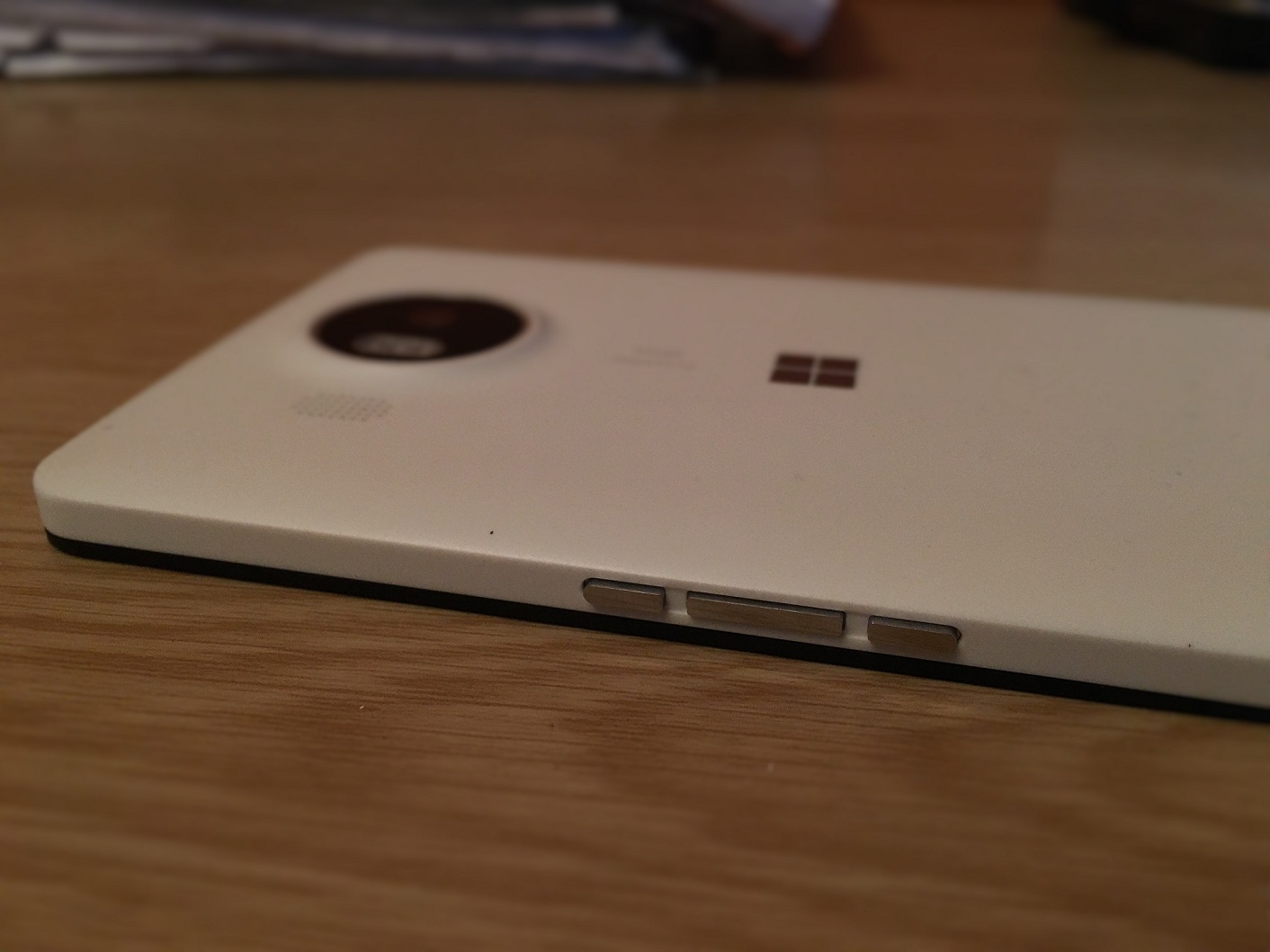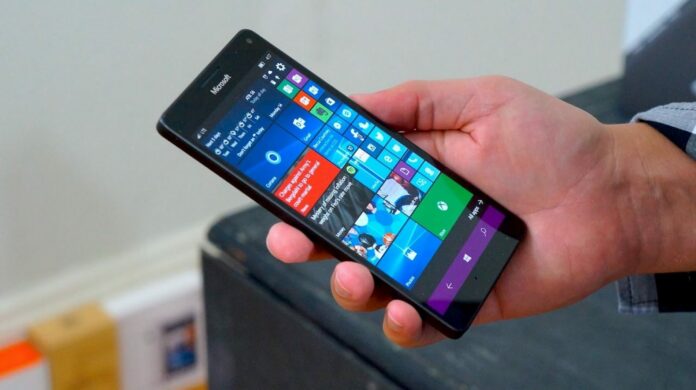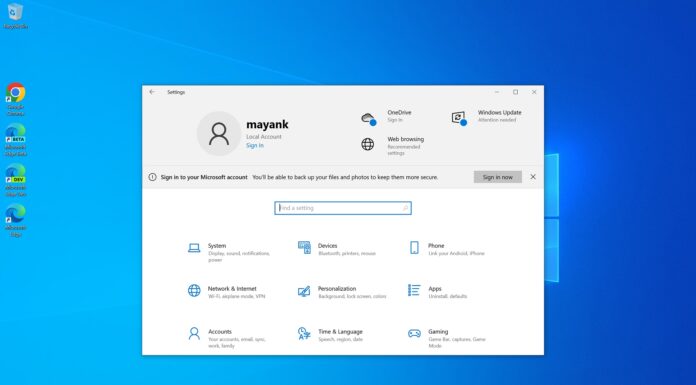Hot on the heels of Microsoft’s CEO claiming killing Windows Phone was a mistake, an ex-executive of the organization has opened his mouth more on what really killed the beloved OS.
Brandon Watson, ex-head of the Windows Phone Developer Experience has taken to Twitter to explain the real reason behind the demise of the OS. According to him, it was a lack of interest by carriers which led to the decline of Windows Phone.
In countries like the USA and some EU nations, carriers bundle smartphones with attractive offers and sell them to customers. The salespeople in the stores and the websites are the go-to point for most customers to know and get the best phone available.
“We were fighting an uphill battle trying to get the carriers to feature our phones with their sales people.”
According to Brandon, the salespeople for the carriers simply didn’t push hard for Windows Phones. The momentum for new Lumias would be there for a week or two before the usual iOS push would go on again.

While most people say that the lack of a proper App Store killed Windows Phone, Brandon thinks otherwise. He goes on to say that the lack of apps wasn’t the real reason, but it was one of the starting points:
“I get it, there were people who had FOMO because they couldn’t play the latest version of Candy Crush or Angry Birds. The Chase banking app wasn’t available. I get it. But, again, combinatorial math makes it so that everybody is going to likely have one app that they can’t get that their friends have that allows the discussion to pivot on “there weren’t enough apps.”
The salespeople would then not recommend the Lumias anymore, and potential customers would be led to purchasing a Galaxy or iPhone.
The next problem that he mentions is something of a more interesting one. Microsoft, Brandon says, didn’t allow external developers to access internal app development tools for Windows Phones.
“I actually think the biggest problem with our developer story was that we did not allow the tools that we used internally to be used by developers externally. Therefore the app experiences diverged.”
With different app experiences, 3rd party apps never got to shine. People just didn’t pick up Lumias anymore, and developers lost interest in building apps for the platform.
While this is an interesting take, we can’t help but wonder if Microsoft really cared for Windows Phone. The problems Brandon mentions are challenging but nothing an organization of the caliber of Microsoft couldn’t manage.
What do you think?


























